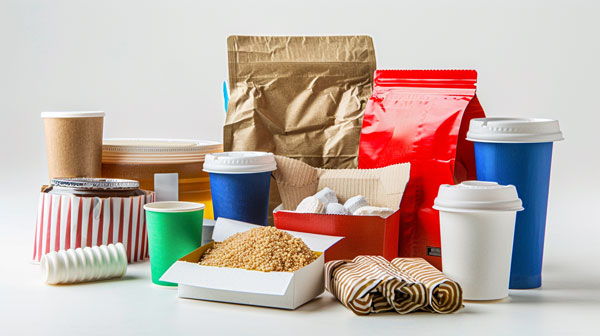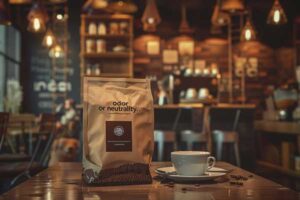When it comes to food packaging, using the right adhesive is crucial to ensure safety and compliance with health regulations. As a Technical Manager at SENDA, I often get asked about the best types of food-safe glues.
Food-safe glues are adhesives that meet stringent health and safety standards, making them safe for direct or indirect contact with food. These adhesives are commonly used in food packaging and labeling to ensure products are securely sealed and contamination-free.
Let’s delve deeper into the types of food-safe adhesives and their applications.
Types of Food-Safe Adhesives
Water-Based Adhesives
Water-based adhesives are popular in the food packaging industry due to their eco-friendly properties and safety for food contact. These adhesives use water as a solvent, which evaporates, leaving a strong bond. They are ideal for labels, paperboard cartons, and laminates.
Advantages:
- Low in volatile organic compounds (VOCs)
- Easy to clean up
- Suitable for various substrates
Applications:
Water-based adhesives are used for sealing paperboard cartons, applying labels, and bonding flexible packaging materials. For instance, they are commonly used in the food packaging industry for labels and cartons.
Hot-Melt Adhesives:
Hot-melt adhesives are thermoplastic materials that become liquid upon heating and solidify upon cooling. These adhesives provide strong, quick bonds and are suitable for high-speed packaging operations.
Advantages:
- Quick setting time
- Strong bond strength
- Versatile applications
Applications:
Hot-melt adhesives are used in sealing cartons, trays, and cases. They are also employed in flexible packaging and are ideal for use in environments where quick setting and strong bonds are necessary, such as in the packaging industry.
Pressure-Sensitive Adhesives (PSAs)
Pressure-sensitive adhesives bond to surfaces when pressure is applied. These adhesives do not require water, solvent, or heat to activate, making them versatile and easy to use.
Advantages:
- Easy to apply
- No curing time required
- Flexible and removable options
Applications:
PSAs are commonly used in labels, tapes, and films. They are suitable for applications where ease of use and immediate bonding are crucial, such as in labeling and tamper-evident seals.
Compliance and Certification
When selecting a food-safe adhesive, it’s essential to ensure it complies with relevant regulations and standards. Here are some key certifications to look for:
FDA Compliance
The U.S. Food and Drug Administration (FDA) sets regulations for adhesives used in food contact applications. Adhesives must comply with FDA 21 CFR 175.105 (indirect food additives) and 21 CFR 175.300 (direct food additives). For more information on FDA compliance, check out our detailed article on FDA vs. FCN for Coatings and Adhesives.
European Union (EU) Regulations:
The EU has specific regulations for food contact materials, including adhesives. Compliance with EU Regulation No. 10/2011 and No. 1935/2004 ensures that the adhesive is safe for use in food packaging.
ISO Certifications:
ISO 22000 and ISO 9001 certifications indicate that the manufacturer follows strict quality management systems and food safety practices.
How to Choose the Right Food-Safe Adhesive
Selecting the right food-safe adhesive depends on several factors:
Type of Food
Different foods have varying requirements for packaging. For instance, greasy or oily foods may need stronger adhesives with excellent resistance to oil and grease.
Packaging Material
The type of packaging material (e.g., paper, plastic, metal) influences the choice of adhesive. Ensure the adhesive is compatible with the substrate to achieve optimal bonding.
Application Method
Consider the application method, such as whether the adhesive will be applied using a machine or manually. Hot-melt adhesives are suitable for high-speed applications, while water-based adhesives are ideal for manual applications.
Environmental Conditions
The conditions in which the adhesive will be used, such as temperature and humidity, can affect its performance. Choose adhesives that maintain their integrity under specific environmental conditions.
Conclusion
Choosing the right food-safe adhesive is essential for ensuring the safety and quality of food packaging. Whether you opt for water-based, hot-melt, or pressure-sensitive adhesives, it’s crucial to select products that comply with relevant regulations and meet your specific packaging needs.




